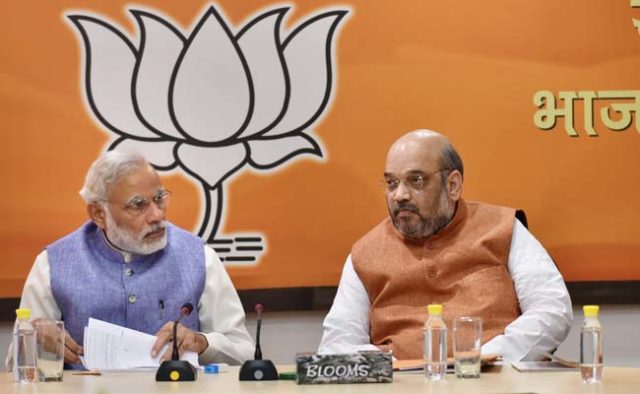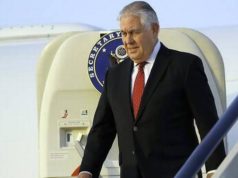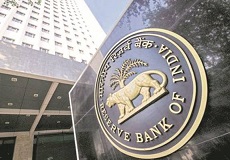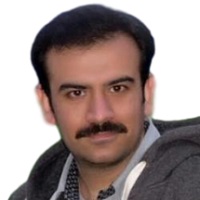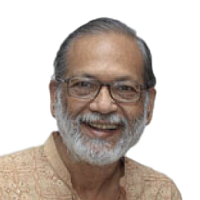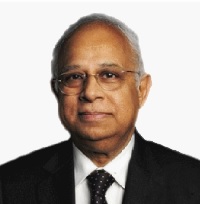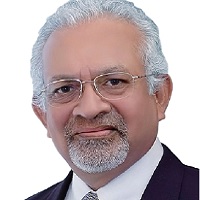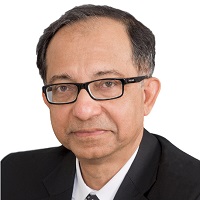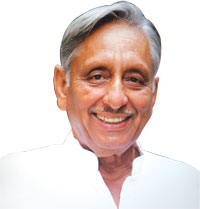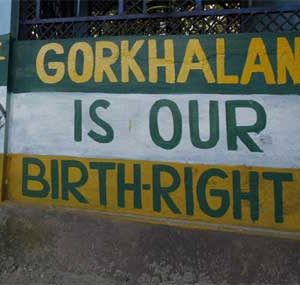On the heels of demonetisation, the election of five states of India -Uttar Pradesh, Goa, Uttarakhand, Punjab and Manipur- kicked off in seven phases starting 4 February, with final results due on 11 March 2017. In this mini general election an estimated 160 million people are going to vote in a total of 690 legislative assembly seats, of which 133 seats are reserved for scheduled castes and 23 for scheduled tribes. In first phase the election were held in Goa and Punjab on 4 February. In second phase the elections in 73 seats out of 403 seats of Uttar Pradesh (UP) were completed on 11 February 2017.
On the importance of state elections, Satyam Ray, a professor of political science, says that every state election in India is important as it alters the power structure of the state and the distribution of resources among different social groups.
UP is the country’s most populous state and will be of most importance for the ruling Bharatiya Janata Party (BJP). It is also the state which will inhibit India’s rise if it remains stuck with its current economic and human development indicators. The state also dictates politics in Delhi, by shaping the matrix of the Rajya Sabha, by its strength in the Lok Sabha and by being a key factor in the election of the president which is due this year.
At present the BJP and its allies account for 339 of the 545 seats in the lower house, called the Lok Sabha, but they only hold 73 of the 250 seats in the upper house, Rajya Sabha. Thus, the upper house is the biggest roadblock to Modi’s reform agenda, especially his plans to revamp Indian labour laws, according to the political consultancy Eurasia.
According to political analysts, these state polls will be a key indicator for the 2019 general elections on how the people viewed the popularity of Narendra Modi and his team. Keeping this in mind Modi invested overwhelming energy in the campaign.
Though the Congress treats this election as a virtual referendum on the demonetisation decision of Narendra Modi, which led to pain and anger among a vast number of ordinary people, the BJP said that the people of UP are with BJP on the issue of demonetisation. The President of BJP Amit Shah declares that they are fighting the election in UP on the “collapse” of law and order and corruption under the Akhilesh Yadav government and issues like women’s security and increasing migration. On the other hand, the BSP attempts to craft a Dalit-Muslim coalition.
As per 2011 census, Dalits constitute 21.1% of Uttar Pradesh population. Mallah community is divided in 27 sub-castes. Other Backward Classes (OBCs) constitute 40% of UP population. Yadavs are the biggest caste among OBCs. There is 200-odd non-Yadav OBCs in the state. In Uttar Pradesh, Muslims are divided into 68 castes and sub-castes, 35 of them are OBCs. Forward castes constitute around 19% of Uttar Pradesh population, in which Brahmins are 10% and Thakurs are 7.6%.
In the last assembly election in UP, the Samajwadi Party came to power wresting 224 seats out of 403 with the support of 29.13 % of population. While BSP got 80 seats with 25.91 % vote and BJP received the support of 15 % totalling the seat 47. The Congress which was once a major party in the state came to the fourth with 28 seats. Only 11.65 % people supported the Congress.
This time the Vice President of the Congress Party Rahul Gandhi was forced to make an alliance with Samajwadi Party, to prove itsexistence. On the other hand, after the explosion in the Yadav family, Akhilesh Yadav was very quick to endorse this ‘gatbandhan’. The Rashtriya Lok Dal is now contesting on its own seeking to revive its support base among the Jat and farming communities.
The election is now being constructed as an Akhilesh versus Modi versus Mayawati election. While Akhilesh promises smartphones, Mayawati says she will not build statues anymore and Modi says the state needs vikas. Though the Samajwadi Party is fighting with the incumbency factor, the BJP has been battling challenges, including perceived unhappiness among the Jat community, which has a sizeable presence.
Indeed, caste and going beyond caste, both is critical for each party in UP. The state is in this paradoxical position where every party promises that its focus is on governance, yet every party’s calculation is fundamentally driven by identity. Indeed the politics of appeasement and caste-ism are being practised in UP for long.
For UP Muslims, this is the most high-stakeelection since the post-Babri polls of 1993 because the state remains their only platform for political representation. Not a single Muslim won in the Lok Sabha in 2014 - and this has increased their alienation. Their focus will be in ensuring representatives make it to Lucknow, and that the BJP is defeated. How the community votes, whether it fragments or consolidates to a substantial degree, will be a key determinant of the outcome.
While Mayawati is playing the Muslim identity card and accepted the support of the Shahi Imam of Jama Masjid, Akhilesh Yadav is hopeful of a consolidated Muslim vote endorsing his alliance with Rahul Gandhi.
Recent opinion polls indicate victory for the BJP, particularly in Uttar Pradesh, where its primary rivals are regional factions, including the incumbent Samajwadi Party and the Bahujan Samaj Party. But any triangular contest is difficult to read.
Analysts offer three combinations, but which one could prove to be effective in making the results depends on many factors.
One combination, 8% of Bramhins,12% of non-Yadav other backward classes plus 8% of Dalits along with 2% of Kayastha vote could assure the victory of BJP.
For Samajwadi Party’s victory, a combination of 10% of Yadavs, 12% of Muslim vote, the Thakur vote bank of 2-3 % and 5 % of non-Yadav other backward classes could be the guarantee to continue in state power.
And the third combination, 20% of the state’s Dalit votes plus half of its Muslim population of 19 %, along with 2% Brahmins could be enough to win for Mayabati of BSP.
And if the BJP wins, it will provide a huge boost to Modi’s policy measures and will make him stronger at the centre to continue with his policies. If it loses, it will be interpreted as a rejection of demonetisation, and the opposition’s morale will shoot up.
In the Congress bastion of Uttarakhand the worst political crisis erupted in last year, marked by a major revolt against Chief Minister Harish Rawat by his own party MLAs, resulting in nearly two months of President’s rule. This time the Congress strategists are drawing the battle lines to keep the BJP at bay. The BJP, which has ruled in the state for only two years since its inception in 2000, is currently running without any chief ministerial candidate.
In last assembly election in the state, the Congress secured 31 seats comprising 33.39% vote and BJP got 31 seats with 33.13% of votes. Other smaller regional parties, including independents grabbed 7 out of 70 seats. The fate was decided with a thin margin. It remains to be seen as to whether this year will be any different.
But the political observers think that ex-servicemen or war veterans, who number nearly 200,000 in addition to their families, will play a significant role in the outcome of the Uttarakhand election.
The people of Goa have already given their mandate on 4 February. In the course of campaign the BJP leaders highlighted the achievements of the BJP-led government in the state over five years. But its challenge compounded by Manohar Parikkar’s shift to Delhi and rebellion by a section of the RSS. So the BJP gave indication that the next government in Goa would function under the leadership of Manohar Parrikar, if BJP came to power.
In last election the BJP got 21 out of 40 seats with the support of 34.68 % of the population. But with 30.78% of the vote the Congress secured only 9 seats. Other smaller parties, including independents got 10 seats.
This time the emergence of an unexpected political force, Goa Suraksha Manch (GSM) may be a detrimental factor for the saffron party. On the other hand the Aam Aadmi Party has put up a challenge to the BJP in its debut fight in the state. The party has fielded former bureaucrat Elvis Gomes as its chief ministerial candidate.
Punjab, where the people have already placed their verdict, has seen the contest between the incumbent, Akali-BJP alliance and leading opposition, the Congress. But the new entrant in the state, the Aam Admi Party, cannot be dismissed as merely a Delhi phenomenon. Various political parties in Punjab attempted to woo voters by promising Sikhs free pilgrimages and vowing to punish those responsible for desecrating the Guru Granth Sahib, among other pre-poll vows. The Congress banked its win on the charisma of Captain Amarinder Singh and Navjot Singh Sidhu, who has joined the party leaving the BJP.
Manipur is one of the last Congress bastions. It has regained lost ground against the BJP that was fast gaining popularity. But this time the election in Manipur is bound to be affected by the continuing economic blockade and the resultant violence. In last election the Congress got absolute majority with 42 seats. It received the support of 42.42 % of the population. It is to be seen in the polls whether the Congress’ tactical redrawing of district boundaries - cause of the current blockade - will yield political dividends or whether BJP continues its expansion into the Northeast. After her release from custody Manipur’s ‘Iron Lady’ Irom Sharmila jumped into the fray declaring that she would contest in the polls.


